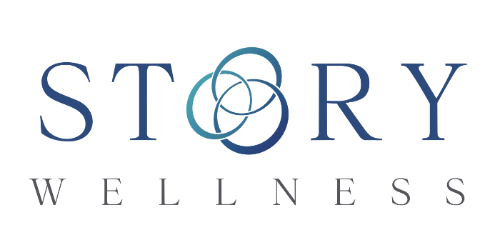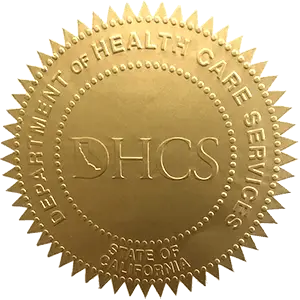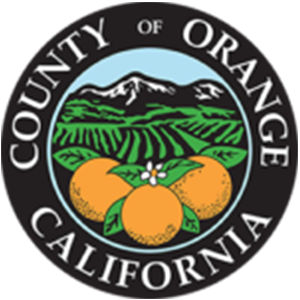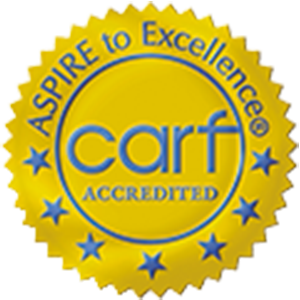The spectrum of autism refers to a broad range of conditions characterized by similar challenges and symptoms. Autism is also known as autism spectrum disorder or ASD. The symptoms of the span autistic disorder include problems with social skills, repetitive behaviors, and issues with nonverbal communication and speech.
The CDC reports autism spectrum disorder affects around 1 in 44 children in the United States.
There isn’t one particular type of autism. Instead, according to the autistic spectrum, many subcategories are influenced by genetic and environmental factors.
As a spectrum disorder, every person with ASD will have unique challenges and strengths, as with other neurodevelopmental disorders.
The Spectrum of Autism
Why is autism a spectrum?
- We refer to it as the autistic spectrum because there’s such a difference in the degree of functionality between people with ASD.
- This neurological and developmental disorder affects communication, behavior, and interactions with others.
- A diagnosis can occur at any age, but it’s considered a developmental disorder or developmental disability because symptoms tend to appear within the first two years of the lives of autistic children.
- According to the Diagnostic and Statistical Manual of Mental Disorders (DSM-5), people with ASD may have difficulty communicating with others, have repetitive behaviors and restricted interests, and their symptoms often affect their ability to function at home, school, and work.
- It’s considered a lifelong disorder, but treatments, interventions, and services for autism can significantly improve symptoms and functionality in daily life.
- With a spectrum disorder, there is a range of associated conditions. The elements of a spectrum can be similar to one another or caused by the same underlying factor. The approach of diagnosing autism along a spectrum is used because it’s a syndrome made up of subgroups.
- The spectrum can also be used to reflect severity.
- People of any gender, ethnicity, race or economic background can receive an ASD diagnosis.
Autism Symptoms
When determining what is on the autism spectrum, symptoms can often be divided into two broad categories. There are social communication/interaction behaviors; the second general category is restrictive/repetitive behavioral symptoms.
Core symptoms of autism that relate to social communication/interaction behaviors can include:
- Little eye contact or inconsistency in making eye contact
- Not looking at or listening to people speaking in social situations
- Rarely sharing emotions, interests, or enjoyment of objectives or activities
- Slow response to one’s name or other verbal attempts to get their attention
- Problems with the back and forth in a conversation
- Language impairment
- Slow language development and general communication impairments
- May talk for long periods about their favorite subject without realizing other people aren’t interested
- Facial expressions, body language, and movements that don’t match what’s being said
- Unusual tone of voice
- Problems understanding the point of view of other people
- Inability to predict the actions of others or understand their behaviors
- Trouble adjusting behaviors to social norms
- Difficulties making friends
Restrictive/repetitive patterns of behavior that are autism symptoms may include:
- Repeating behaviors or having unusual behaviors, like the repetition of words or phrases
- Having an intense interest in certain topics, like facts or details
- Being overly focused on particular things, like parts of objects
- Getting upset by small changes in routine
- Problems with transitions
- Being more sensitive to sensory input like temperature, clothing, light, or sound
According to the American Psychiatric Association, someone on the spectrum may also have irritability and sleep problems.
Sometimes adults and children with autism spectrum disorders will have strengths like remembering information and details for long periods, being strong visual or auditory learners, or being excellent at subjects like math or science.
Some children have a disintegrative disorder, considered among autistic spectrum disorders. With this condition, a child will often develop normally until they’re around three or four years old. Then over a few months, they lose language and motor and social skills already learned. You may also hear this as regressive autism versus classic autism.
Asperger syndrome is a particular type of autism on the spectrum as well. In this social communication disorder, a person often has impaired social skills and repetitive behaviors but high intellect rather than an intellectual disability.
Diagnosing Someone on the Spectrum of Autism
It can be a process to diagnose ASD, but typically it can be reliably diagnosed when a child is around 24 months of age.
A health care provider evaluates a person’s behavior and development; the sooner it’s diagnosed, the sooner interventions and treatments can start.
For diagnosing disorders in young children, there is usually a process that consists of two steps.
- The first is a general developmental screening.
- Your pediatrician will do these during well-child checkups.
- According to the American Academy of Pediatrics recommendations, children should start receiving screenings at their 9-month well-child visits for developmental delays.
- Autism-specific screenings occur at 18- and 24-month screenings.
- If a child is at high risk for ASD, they may receive additional screenings.
- A health care provider will ask parents of children questions about their behavior, evaluating them along with information from screening tools and clinical observations.
- If a child shows differences in development or functioning during screening, a health care provider could refer them for further evaluation.
That’s when stage two occurs.
- A team of providers with experience in diagnosing autism disorder in children will do an evaluation.
- The team can include developmental pediatricians, child psychologists, psychiatrists, neurologists, occupational therapists, and educational specialists.
In older children and adolescents with autism spectrum disorders, a teacher or caregiver is often the first to notice symptoms. A child’s school’s special education team might evaluate and recommend further testing.
It tends to be harder to diagnose adults with autism spectrum disorders or developmental disabilities. The symptoms of being on the autism spectrum often overlap with other mental health conditions.
For example, based on the ASD definition, psychiatric disorders with overlapping symptoms include attention-deficit hyperactivity disorder (ADHD), generalized anxiety disorder, social anxiety disorder, and obsessive-compulsive disorder (OCD).
If an adult feels like they’re experiencing symptoms of ASD, they should talk to their health care provider. Their care provider can give them a referral for an evaluation.
We don’t always know why someone develops autism. There are some theories. For example, we know that medical conditions and genetic conditions like Fragile X syndrome may be a cause. Around one in three people with this genetic disorder are on the autism spectrum or show the signs of autism.
Treating Autism Symptoms
As mentioned, the spectrum of autism means that the symptoms vary widely between individuals. This includes variance in how the symptoms manifest and their severity.
- We do know that the sooner after diagnosis treatment begins, the better the outcomes often are.
- Early treatment can reduce problems in functionality and help individuals learn new skills and build on their strengths.
- Early interventions are considered an important protective factor for autism disorder in children.
- Since people with ASD have different experiences and symptoms, no one treatment works for everyone.
- Some people may do well with medication to manage symptoms like irritability, hyperactivity, anxiety, or depression.
- There are many behavioral, educational, and psychological interventions available too. People can learn to improve their language and communication skills, reduce the behaviors that negatively impact their functioning, and develop life skills to live independently.
If you’re dealing with an autism spectrum disorder or other neurodevelopmental conditions and want to learn more about mental health treatments in Southern California, please get in touch with Story Wellness today by calling (866) 476-2823.





